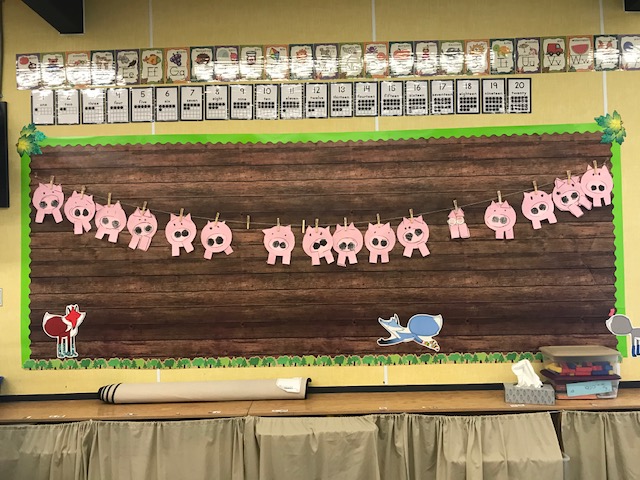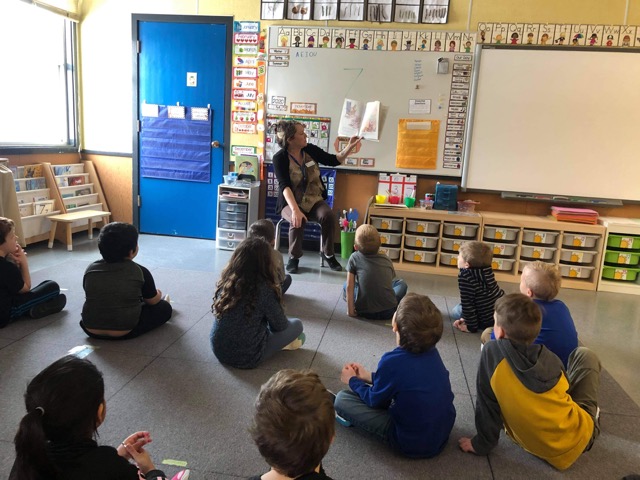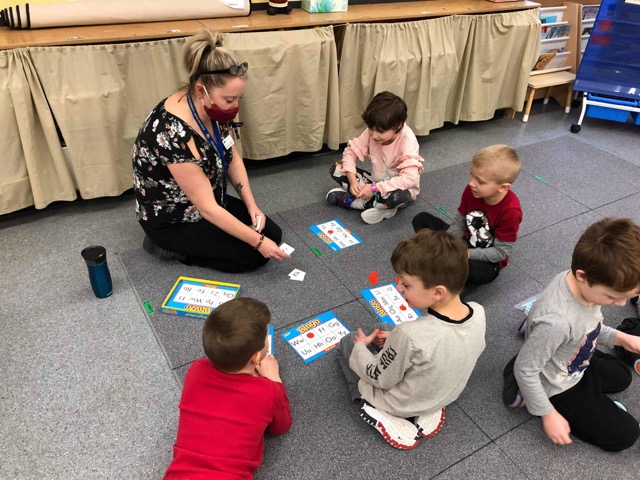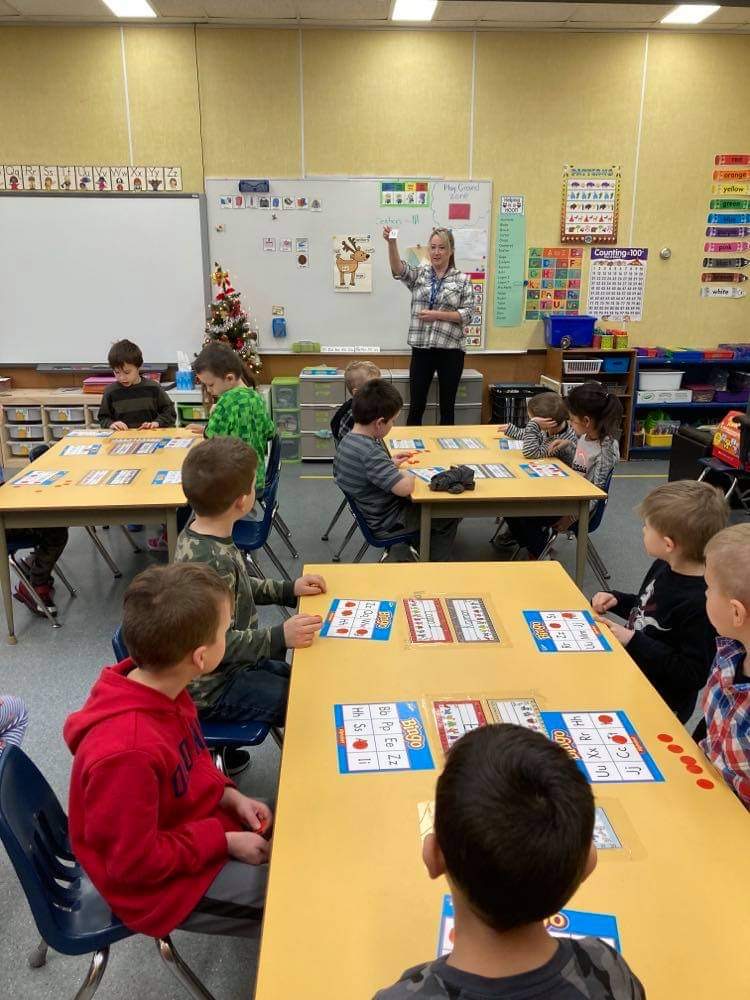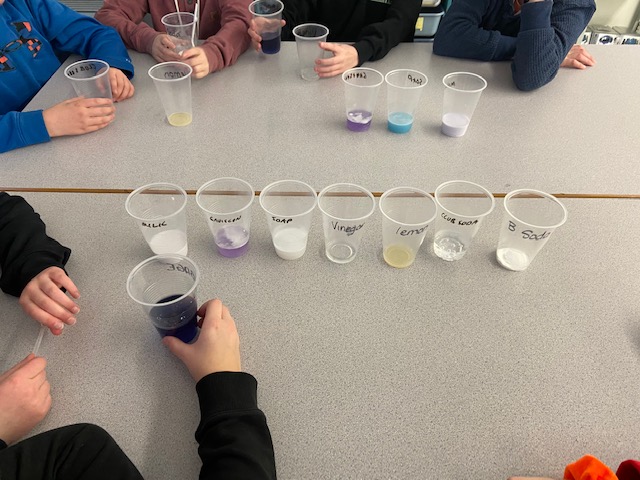Educators implement effective planning, instruction, assessment and reporting practices to create respectful, inclusive environments for student learning and development.
All lessons required a minimum amount of planning, assessment and reporting but I learned that it also needs to be effective and work for me as the classroom teacher. My day always started out with instructions on the Smartboard for the students for when they first came into class. That way they knew exactly what to prepare for when arriving. Mondays, we had “Circle Time”, Tuesdays were “Job Board” and Wednesday was “Desk Change” or if I had a “Soft Landing” in the morning where I gave students 3 things they could work on before getting into our lesson. The prompt on the Smartboard helped the students get ready to prepare for what was coming next. Throughout all lessons, I gave the students time to clear off desks, time to get their books ready, time to answer questions as well as I always made time to get all questions answered before moving forward as I feel that it’s important for students to be heard and to have that respect for their opinion or thoughts.
Some other effective planning that became beneficial in my practicum(s) were focusing on where the students learning is at. This may be difficult at times if the students aren’t engaging in lessons, are busy doing other things and not paying attention and are sometimes found wandering the classroom. In order to assess where the student(s) are at, I made sure I checked in with the student to see how they were doing, have the student show me their work, or back track so they get a mini-lesson where needed so they can get caught up.
When I needed to formatively assess students we used “thumbs up” or “thumbs down” to check in with their understanding. This helped me see how I could help students more one on one during the lessons. We also used whiteboards to individually assess our learning in math lessons. For this group, it was a great tool because of the age group and how embarassing it is for some to maybe perhaps say the wrong answer. I try to make eye contact with the students who I am talking to or when I want to get their attention. I do this while moving througout the classroom so I can assess their learning closer and more accurately.
I made sure that all students where treated with respect and fairness. Having a wide range of learners in the classroom, I adapted to where the students were at in regards to their learning ability. Some I adapted for but it was very fluid where one lesson I would have to adapt, while the other I wouldn’t have to at all depending on the lessons. I created a safe learning environment for the students as I gave them each the opportunity to learn at their own pace but also set up challenges to help them move forward in their learning.

